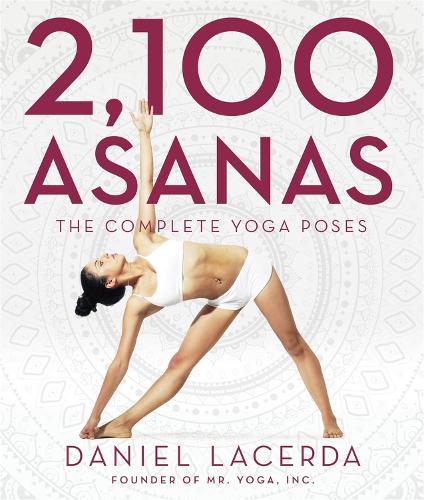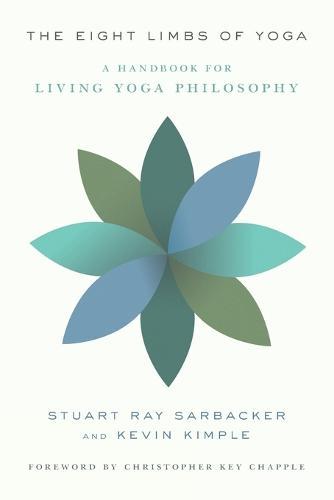I know it's low-tech, old school to still love reading things that don't require an "On" button. I think it's entirely healthy and necessary to get your eyeballs off a screen and embrace the tactile nature of books. Especially when they are as weighty and beautiful as Dr Lisa Cooper's ode to her floral business and lifestyle, The Flowers. I am also inspired and motivated by 2,100 Asanas. What would Mr Iyengar say? I imagine he'd do them all with joy and energy, ultimately.
Thrown into the mix is some fiction. Time spent in another parallel universe is excellent for the mind and spirit. Even if it is a brain-twisting, dark mystery. Here's my November picks (and they also make great Christmas presents. Bonus.)
Sydney florist Dr Lisa Cooper has compiled a beautiful collection of photos and stories from the farms where she sources her flowers through to her unique bouquets. We see the studio, the shop, the growers. Love the stories of the family, friends, artists and florists who have inspired her. The Flowers by Dr Lisa Cooper (Murdoch Books)
Daniel Lacerda (Mr. Yoga) has compiled the complete 2,100 Asanas in this fabulous tome. Each pose is performed in photographs with instruction, the English and Sanskrit names and a guide to modifications. Especially inspiring is the inclusion of the recommended Drishti (focus in the pose) and the chakras affected. The book breaks the poses into 8 categories: standing, seated, core, quadruped, backbends, inversions, prone, and supine, then from the basic to the challenging. 2,100 Asanas The Complete Yoga Poses by Daniel Lacerda (Murdoch Books)
An account of the introduction of Buddhist Art across Asia, especially in India. Author, Dr A. S. Bhalla delves into the architecture and meaning behind monasteries, statues, design features that reflect the spirituality and faith of Buddhist artists and monks as their work appears in different forms of Buddhist art (architecture, sculpture and painting) from Afghanistan, India, Nepal and Sri Lanka in South Asia to Cambodia, Indonesia and Thailand in Southeast Asia, and China, Japan and South Korea in East Asia. Beautiful illustrations of temples, paintings and sculptures. If you have any interest in the Asian landscape, Buddhism or architecture, do this. Buddhist Art in Asia by A.S Bhalla (Austin Macauley Publishing)
Carrie Brownstein, guitarist of punk-indie trio Sleater-Kinney, is a natural writer and author. I suspected as much, being a fan of Portlandia, which she co-writes with the equally hilarious Fred Armisen. I have been guilty of lumping Sleater-Kinney with the riot grrrl movement of the 90s, but in fact this label rubs Brownstein the wrong way and years upon years of journalists referring to the "all girl" band or asking what it's like to have no men in the band has made her quite prickly about that definition. Fair enough. Sleater-Kinney were a great band - whatever the gender! This is a sometimes uncomfortable delve into family, the sacrifices made for creative endeavours and the reality of life on the road. And seriously, I thought my family were weird, but I'm outrivalled here. Between her runaway anorexic mum and her gay dad, Brownstein makes a case that if you're a born creative and you run on passion, intensity and a bit of crazy, there's a tribe of people out there for you. Hunger Makes Me a Modern Girl by Carrie Brownstein (Hachette Publishing)
An account of the introduction of Buddhist Art across Asia, especially in India. Author, Dr A. S. Bhalla delves into the architecture and meaning behind monasteries, statues, design features that reflect the spirituality and faith of Buddhist artists and monks as their work appears in different forms of Buddhist art (architecture, sculpture and painting) from Afghanistan, India, Nepal and Sri Lanka in South Asia to Cambodia, Indonesia and Thailand in Southeast Asia, and China, Japan and South Korea in East Asia. Beautiful illustrations of temples, paintings and sculptures. If you have any interest in the Asian landscape, Buddhism or architecture, do this. Buddhist Art in Asia by A.S Bhalla (Austin Macauley Publishing)
Carrie Brownstein, guitarist of punk-indie trio Sleater-Kinney, is a natural writer and author. I suspected as much, being a fan of Portlandia, which she co-writes with the equally hilarious Fred Armisen. I have been guilty of lumping Sleater-Kinney with the riot grrrl movement of the 90s, but in fact this label rubs Brownstein the wrong way and years upon years of journalists referring to the "all girl" band or asking what it's like to have no men in the band has made her quite prickly about that definition. Fair enough. Sleater-Kinney were a great band - whatever the gender! This is a sometimes uncomfortable delve into family, the sacrifices made for creative endeavours and the reality of life on the road. And seriously, I thought my family were weird, but I'm outrivalled here. Between her runaway anorexic mum and her gay dad, Brownstein makes a case that if you're a born creative and you run on passion, intensity and a bit of crazy, there's a tribe of people out there for you. Hunger Makes Me a Modern Girl by Carrie Brownstein (Hachette Publishing)






